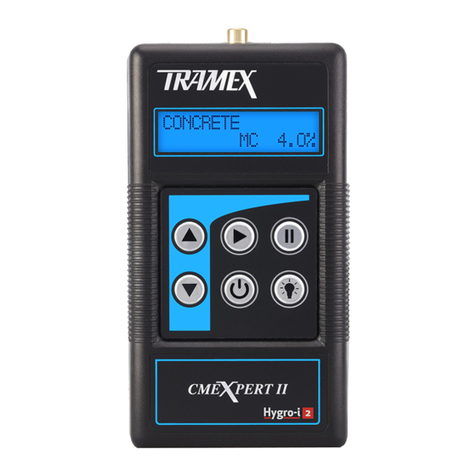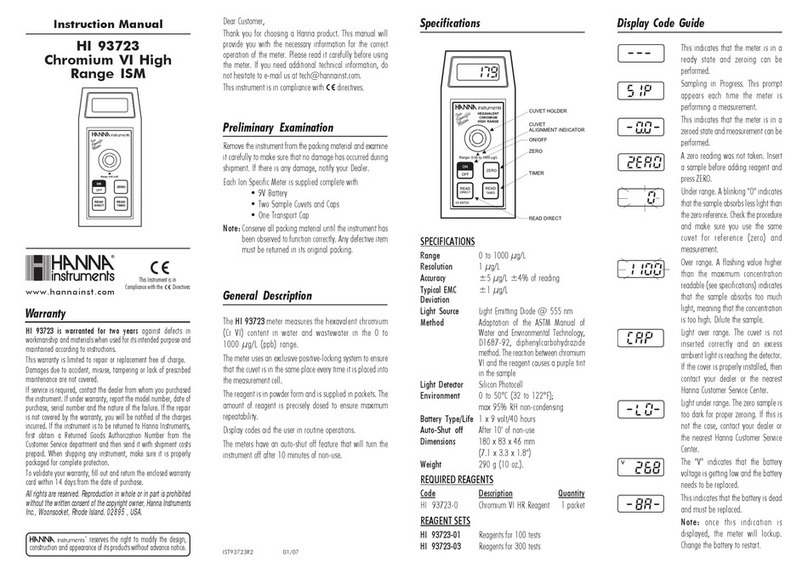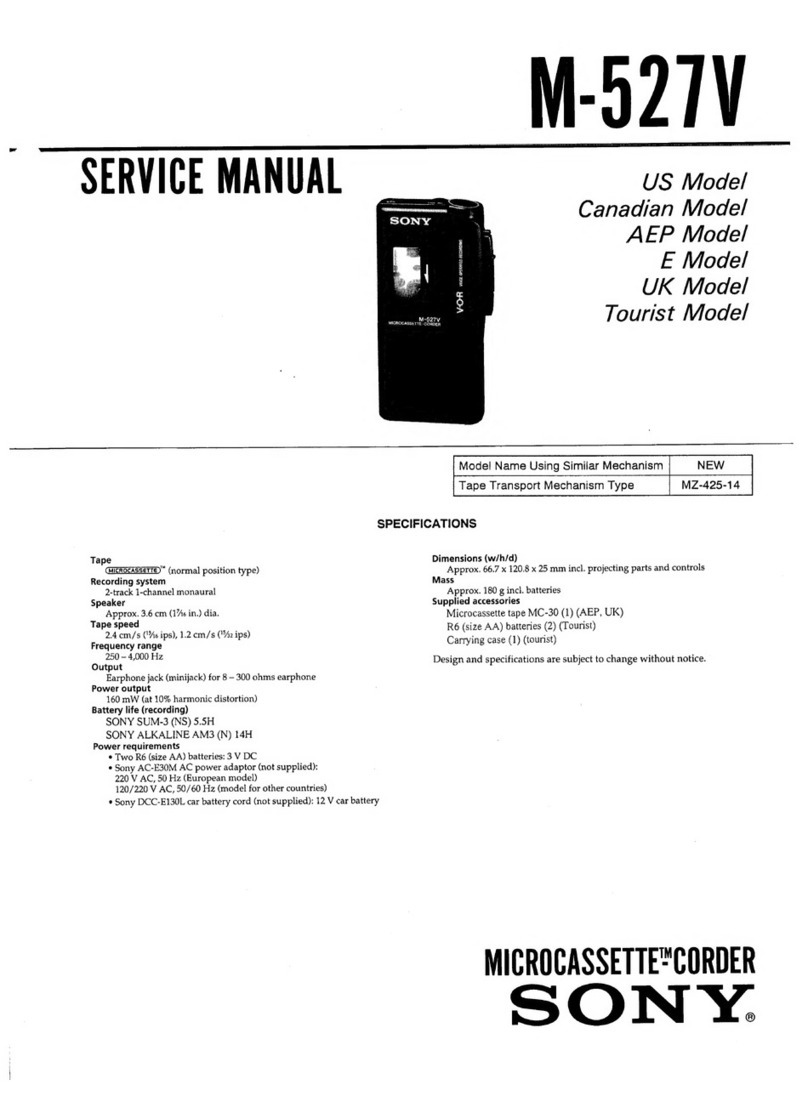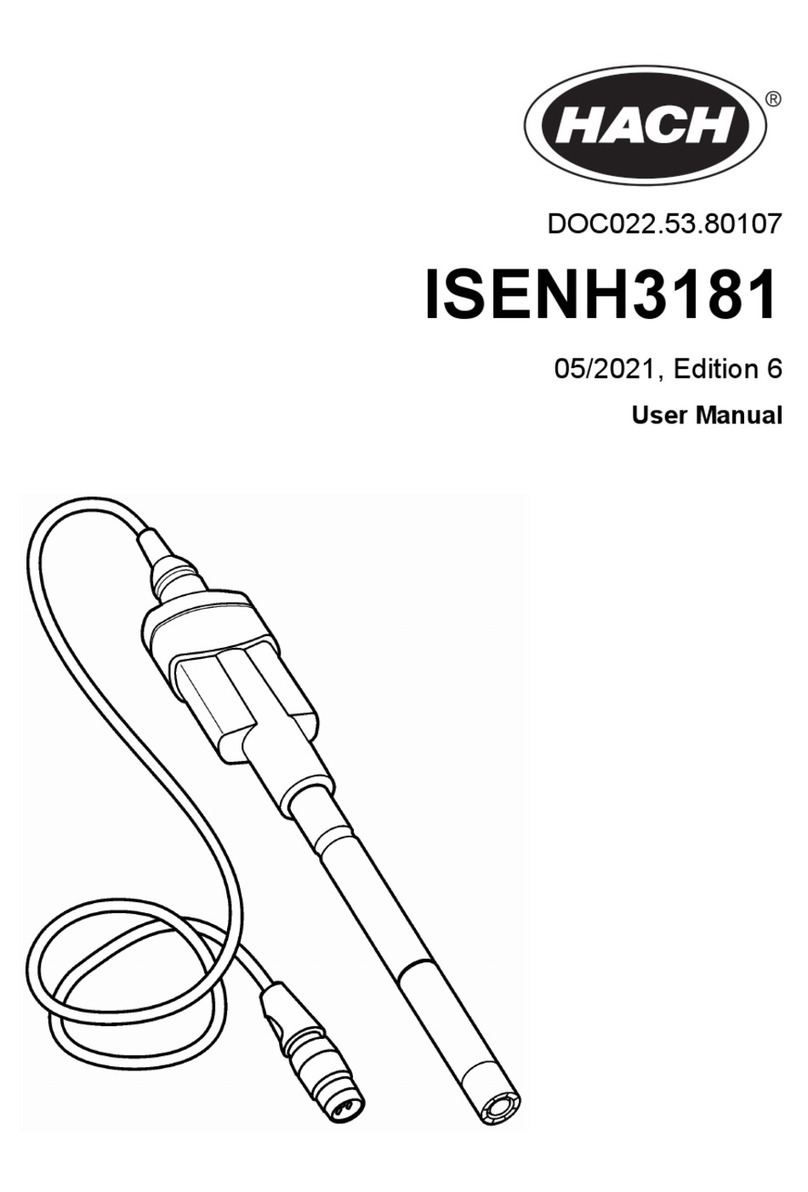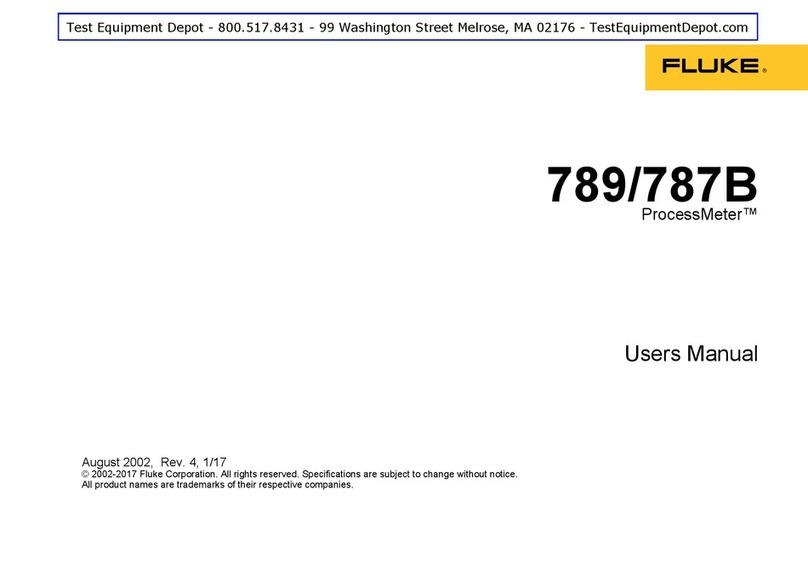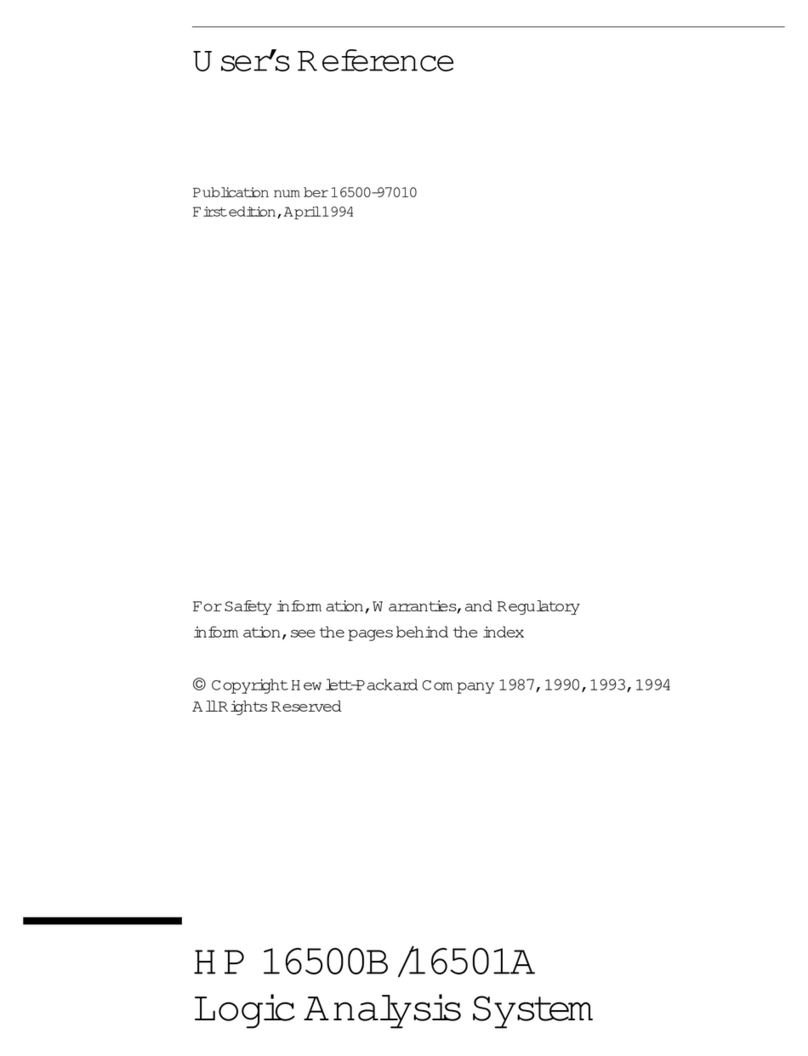TRAMEX ME5 User manual




















Other manuals for ME5
4
Table of contents
Other TRAMEX Measuring Instrument manuals

TRAMEX
TRAMEX MRH III User manual
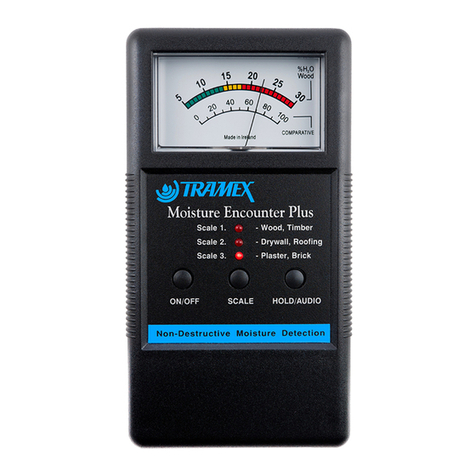
TRAMEX
TRAMEX MEP User manual
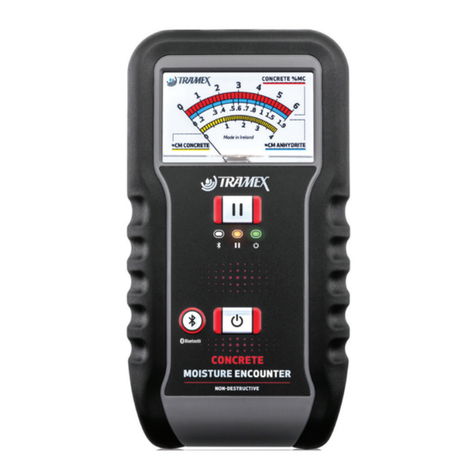
TRAMEX
TRAMEX CME5 User manual
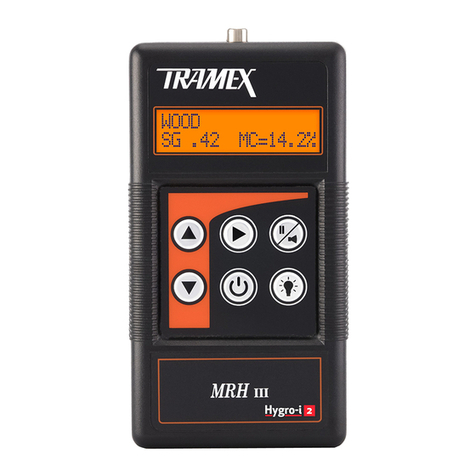
TRAMEX
TRAMEX MRH III User manual
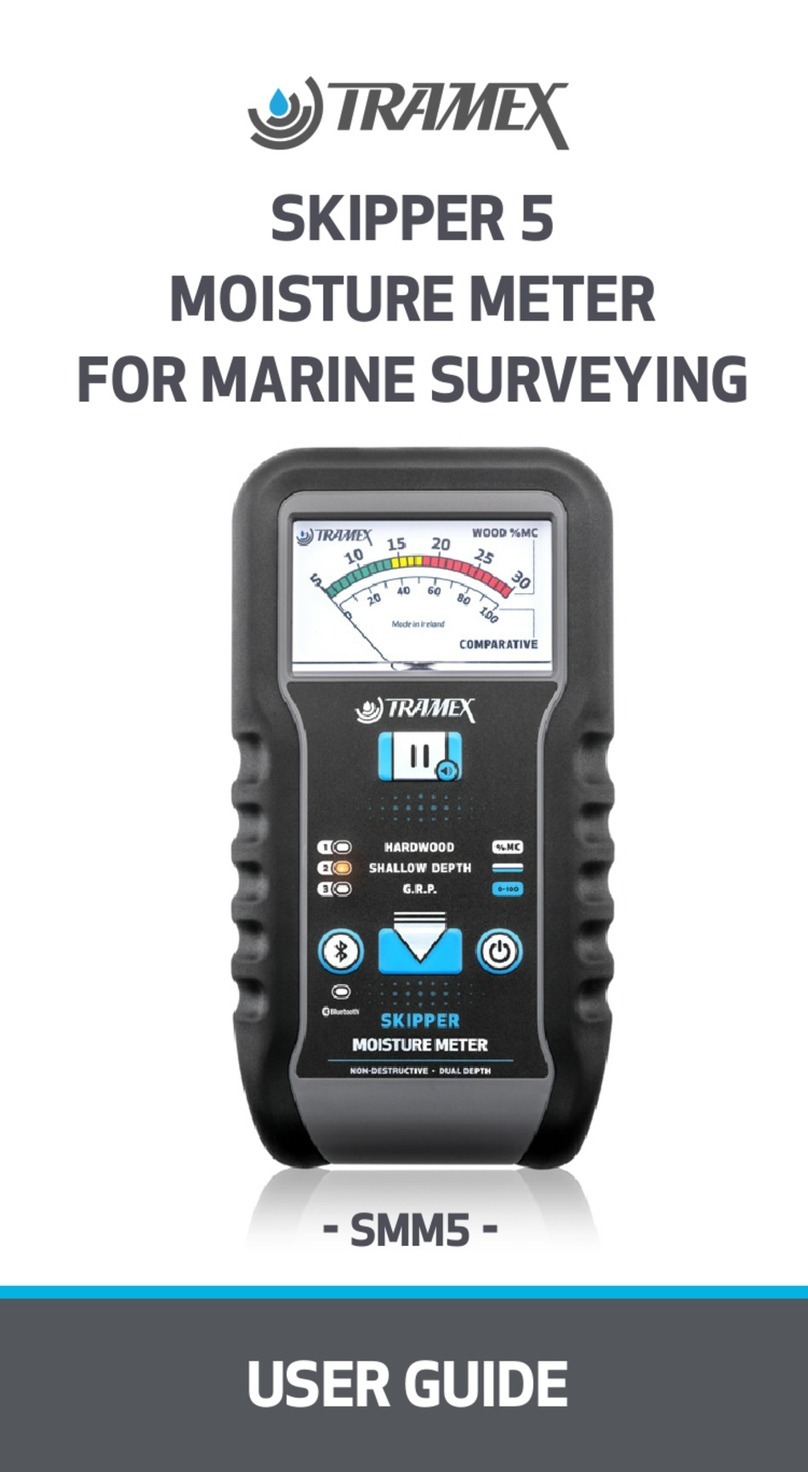
TRAMEX
TRAMEX SKIPPER 5 User manual
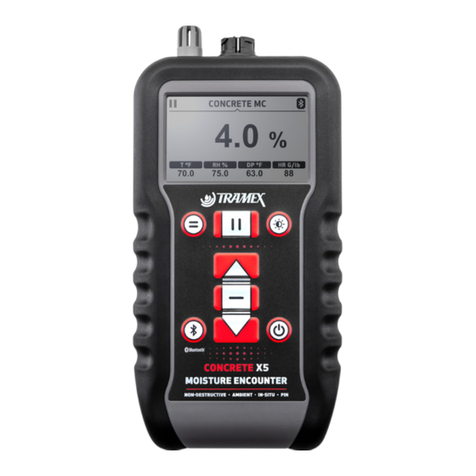
TRAMEX
TRAMEX CONCRETE MOISTUREENCOUNTER X5 User manual
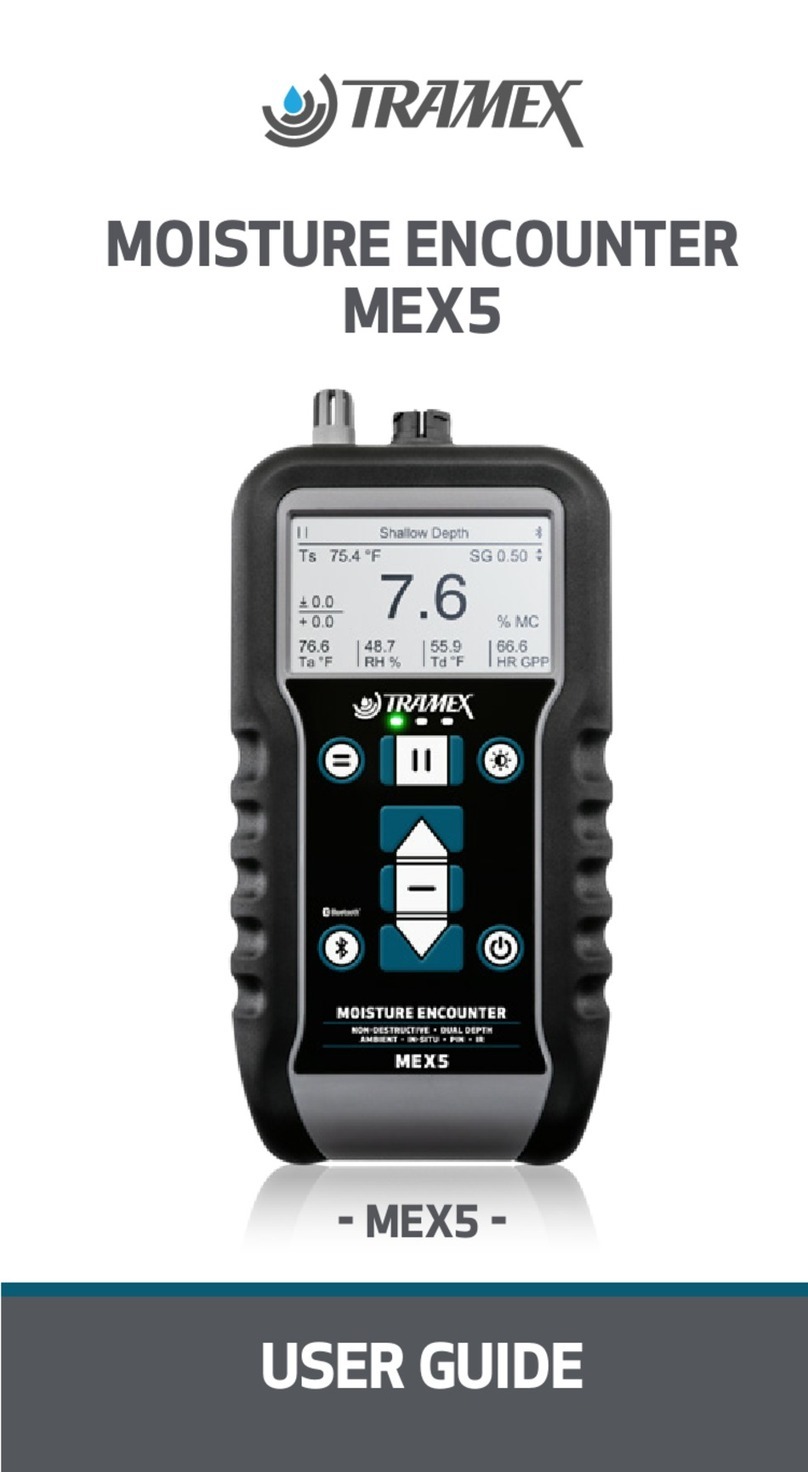
TRAMEX
TRAMEX MEX5 User manual
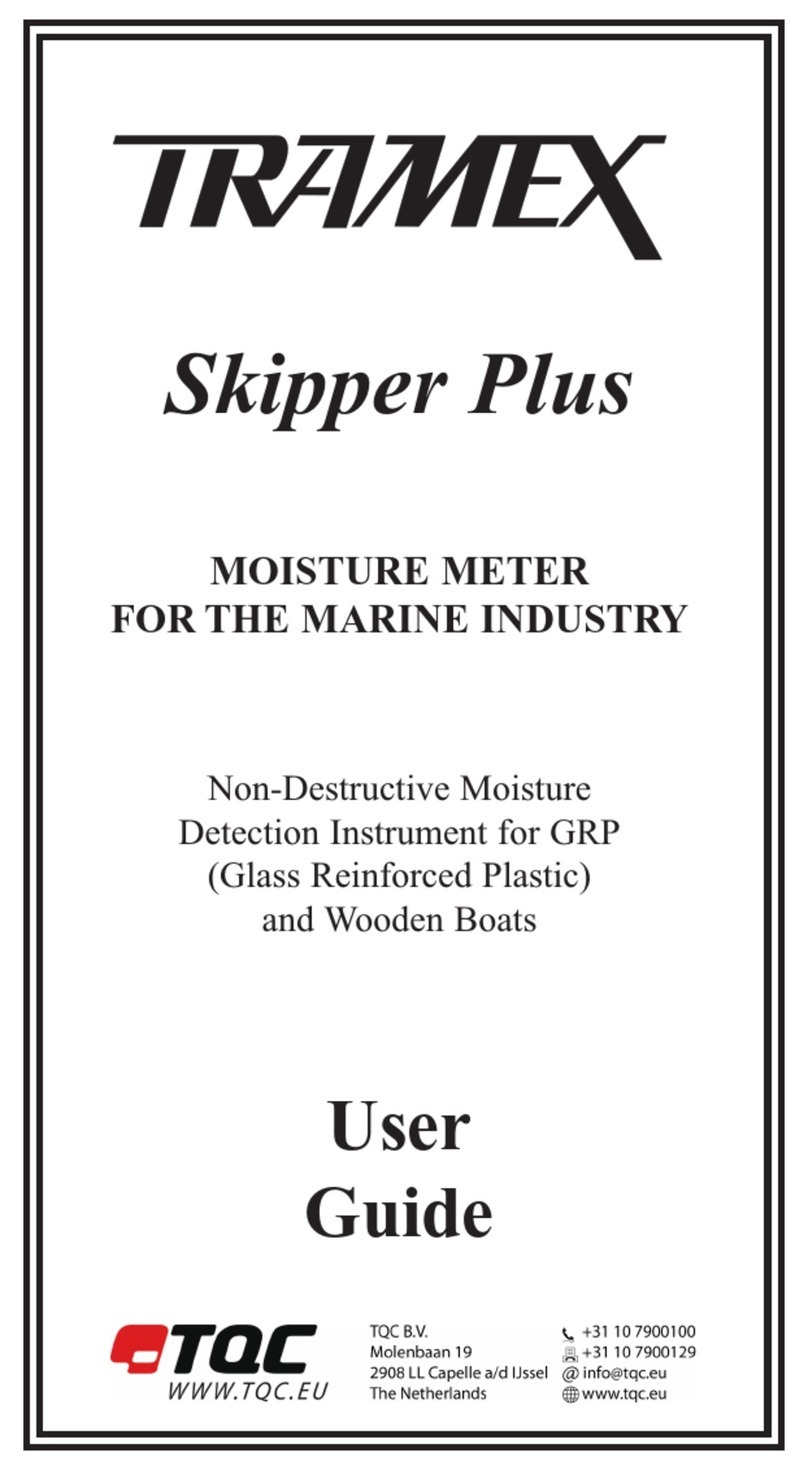
TRAMEX
TRAMEX Skipper Plus User manual
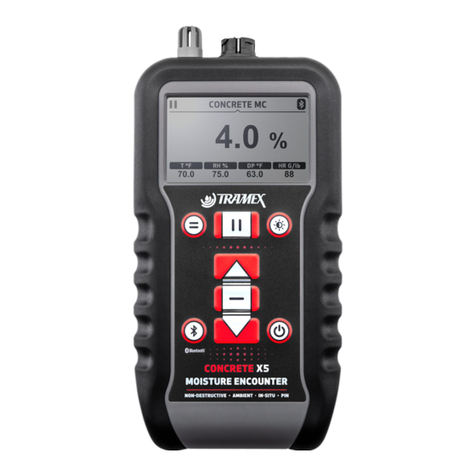
TRAMEX
TRAMEX CMEX5 User manual
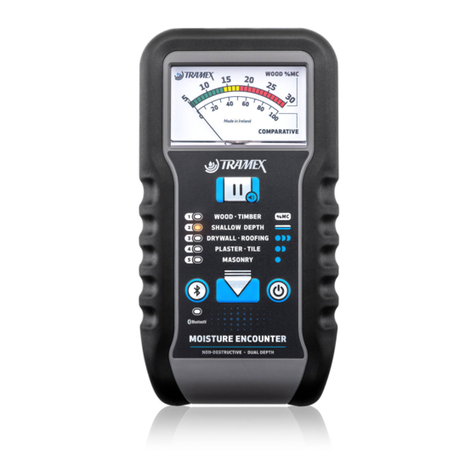
TRAMEX
TRAMEX ME5 User manual

TRAMEX
TRAMEX CME5 User manual

TRAMEX
TRAMEX ME5 User manual
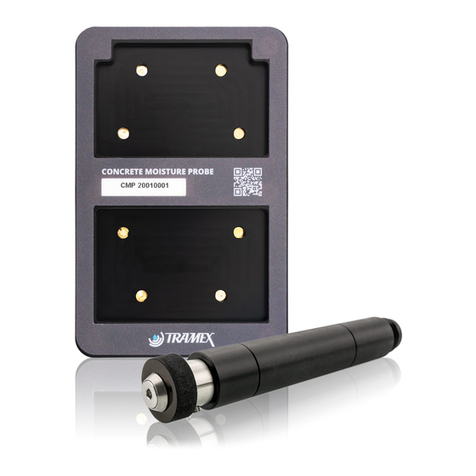
TRAMEX
TRAMEX THE DETERMINATOR CMP User manual

TRAMEX
TRAMEX RWS User manual
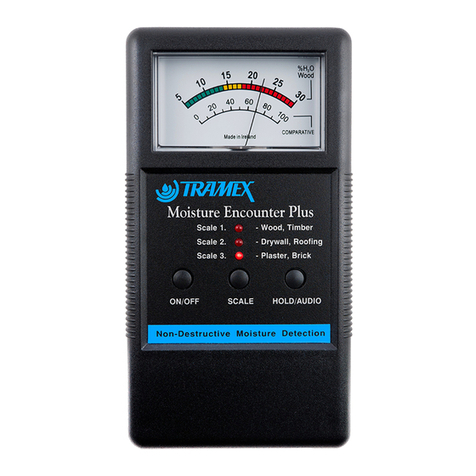
TRAMEX
TRAMEX Moisture Encounter Plus User manual
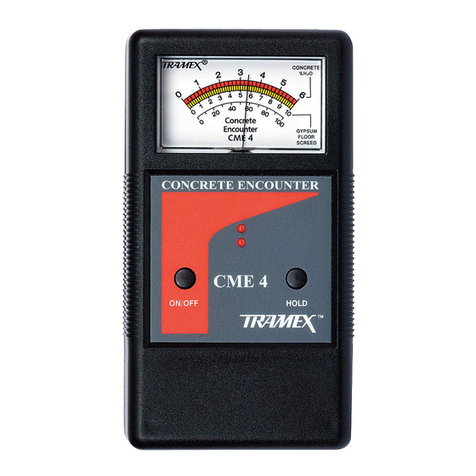
TRAMEX
TRAMEX CME 4 User manual
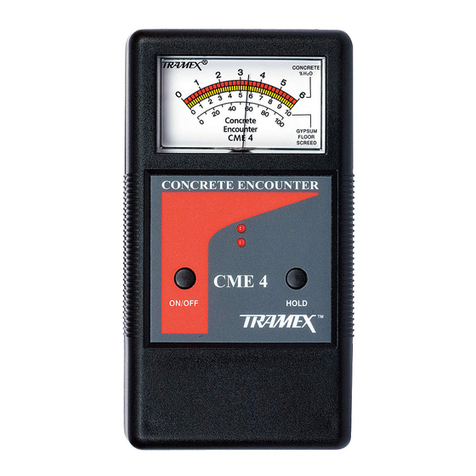
TRAMEX
TRAMEX CME 4 User manual

TRAMEX
TRAMEX CME 4 User manual
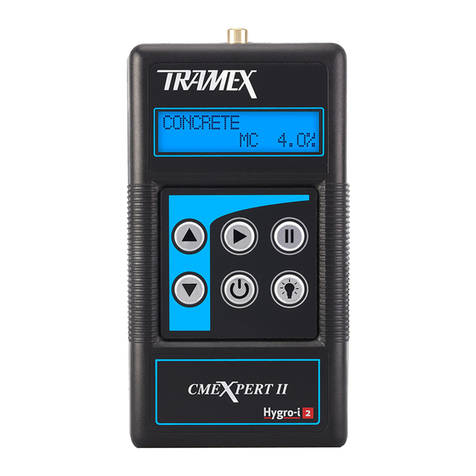
TRAMEX
TRAMEX CMEX II User manual

TRAMEX
TRAMEX CME 4 User manual
Popular Measuring Instrument manuals by other brands

SMC Networks
SMC Networks PFMV3 Series Operation manual

Schmidt
Schmidt ZT Series operating instructions
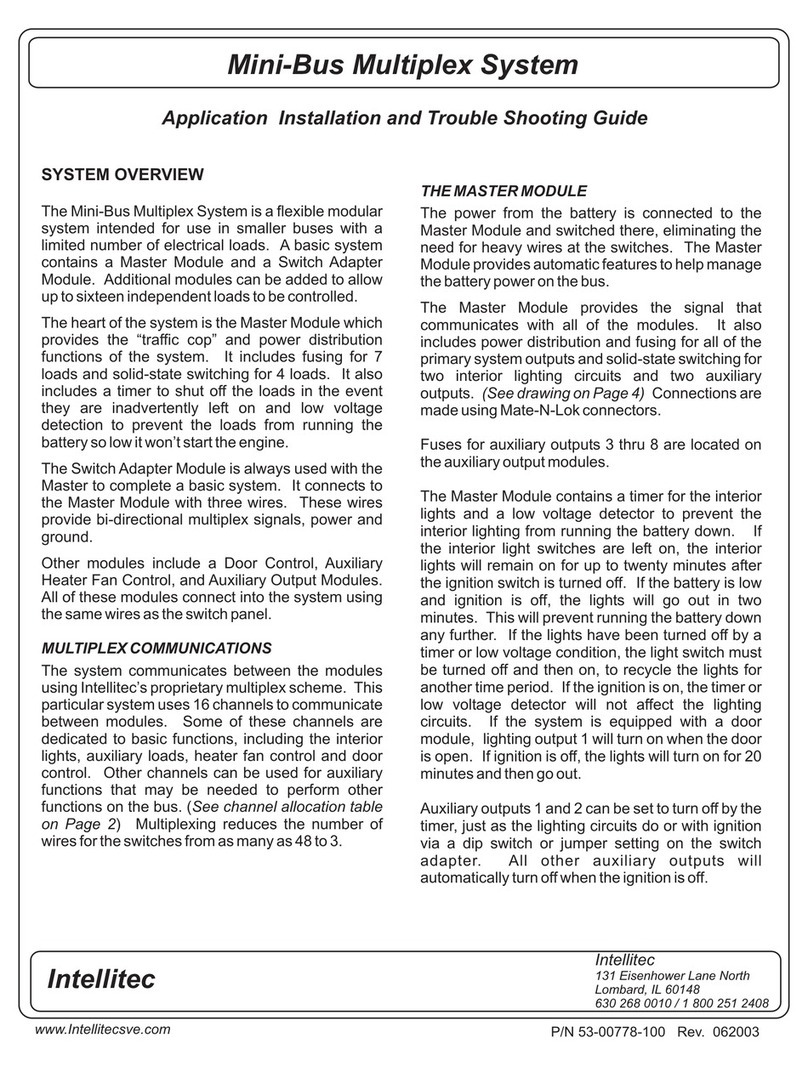
Intellitec
Intellitec Mini-Bus Application Installation and Troubleshooting Guide

Wiha
Wiha SB25513 user manual
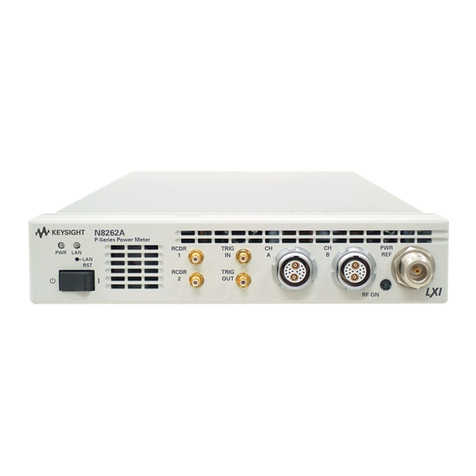
Keysight Technologies
Keysight Technologies P Series Service guide
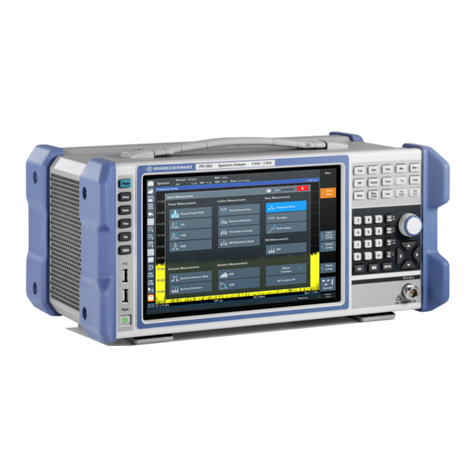
Ronde & Schwarz
Ronde & Schwarz R&S FPL1014 user manual


